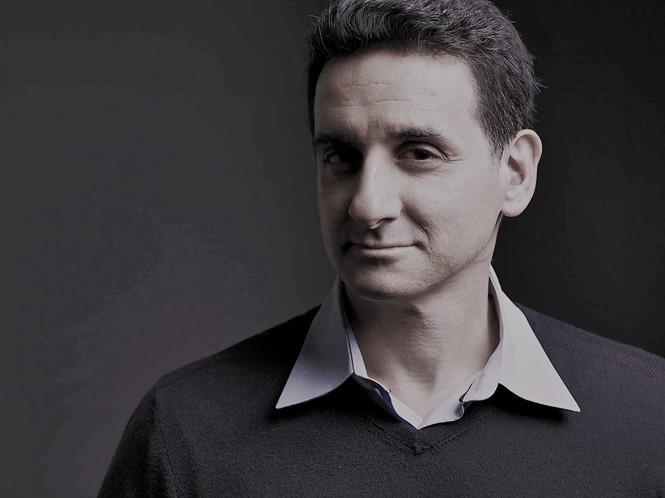Five minutes with Chris Christodoulou

With the proliferation of media opening up a sea of possibilities for brands to tell their story through technology, it has never been a better time to be a content creator. Chris Christodoulou, CEO of London-based creative production studio Saddington Baynes, talks about the role of neuroscience in branding.
What made Saddington Baynes want to examine the impact of a campaign on consumers in a scientific level?
The reason we wanted to do it, is because we wanted to create the most emotionally potent imagery for our clients. Having scientific knowledge of the imagery we’re creating and how it affects people, can have an affect in the way we approach imagery in the first place, when we’re creating it, which is something that has never been done before in this way.
How does ‘Engagement Insights’ works?
‘Engagement Insights’ strips away the process down to being effectively a sorting task. What happens is, you ask a user at home, on their computer, to view images and words in a predefined sequence and select one option or another. What neuroscience has shown over the years, is that the faster the response, the deeper the association that word has with the image. Usually, people don’t even know what they’re being tested for, which means that there is no predisposed bias brought into the test. There are no limits to where you can test it and you can really grill It down to the specific audience you want to test.
What makes ‘Engagement Insights’ an important business tool?
‘Engagement Insights’ helps brands make better decisions about how they spend their money on the campaign material. If you consider that huge amounts of money are spent on media, it’s a very powerful tool, helping the know that the content they send out to the media ticks the boxes they want to tick in terms of objectives. Emotional campaigns have been shown to represent significant return in investment. Brands want to stand out against their competitors and that’s what ‘Engagement Insights’ is designed to help with.
How do you make sure that when trying to trigger a consumer’s nonconscious response, you remain ethical in what you do?
Since the test doesn’t really explain what people are being tested on, there isn’t an issue with ethics. We’re just showing a series of images and words together and asking them to choose one or the other. In terms of triggering consumers’ nonconscious response, that’s something that happens automatically, because as humans, we respond to visual stimuli. We are absorbing visual imagery all the time and we are responding to it or feeling something because of it all the time, without even knowing it. So, there is no ethical issue for ‘Engagement Insights,’ because we’re not asking from anyone to do anything that is unethical.
How do you think technology has changed the communications industry?
It has changed it immeasurably when you think about programmatic advertising and the amount of work that is going in now to trace the consumer’s journey and to understand where the consumer first encounters the brand. There have been three or four changes in imagery in particular. There was the introduction of digital retouching systems in the late ‘80s, then there was the introduction of digital photography in the mid-‘90s. Then you’ve got other technologies, like the CGI, which is the one we’re using. CGI makes ideas that were previously unproducible, possible. Of course you’ve also got the internet itself.
What is the biggest challenge you faced when developing ‘Engagement Insights’?
The biggest challenge for us in the beginning, was to prove that ‘Engagement Insights’ works and that there was something behind it, in order for us to continue investing in it. The biggest challenge once we developed it and started seeing the patterns, was getting people to understand the concept.
What are you most proud of?
The thing that I’m most proud of is that we entered the Chartered Institute of Marketing awards this year, in the ‘Best use of data insights’ category. I don’t even if production companies have entered these awards before. We were in the most contested category, with nine other entries, and we won, which is an incredible validation of what we’re doing. We are constantly innovative as a company, being usually the first to do many things, and we have managed to influence the whole industry in that way.
What’s next for Saddington Baynes?
The future for us hold more and more integration of live action video with CGI techniques, being able to blend and create new forms of storytelling by combining CGI with traditional production in a more flexible way. We’ve also been doing a lot of stuff with 3D scanning for properties, landscapes or people. We are bringing techniques from the filming and gaming industry to what we do to create new ways of storytelling.
For more from Transform magazine, follow us on Twitter @Transformsays.












